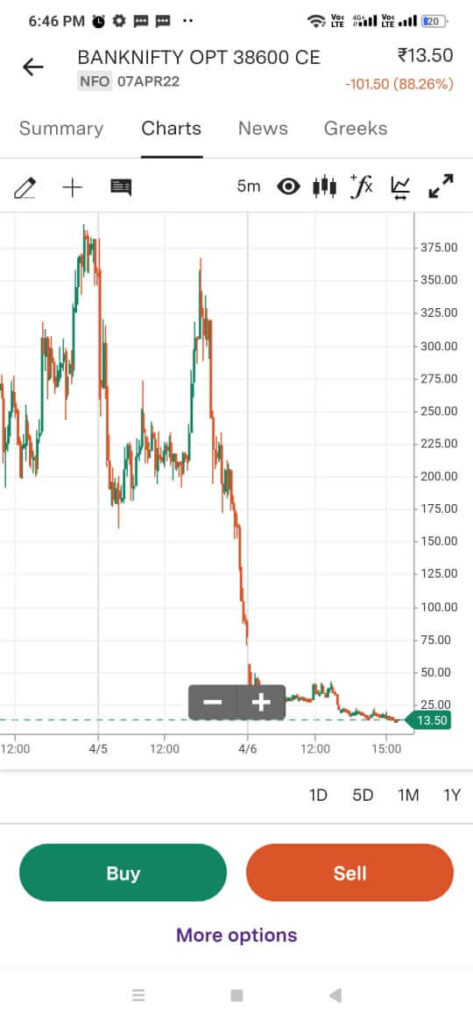Introduction

Image: stockipo.in
In the fast-paced world of financial markets, options trading offers a unique opportunity to mitigate risk, enhance returns, and speculate on future price movements. At its core, options trading revolves around two fundamental instruments: call options (CE) and put options (PE). Understanding the nuances of these instruments is crucial for navigating the complex terrain of options trading.
Call Options (CE)
Imagine you’re optimistic about the future of a particular stock. You believe its price will rise, but you’re wary of the potential risks involved in investing directly. This is where call options come into play. A call option grants you the right, but not the obligation, to buy the underlying asset at a predetermined price (strike price) on or before a certain date (expiration date).
If the stock price rises above the strike price, you can exercise your call option and purchase the shares at the advantageous strike price, profiting from the difference between the strike price and the current market price. However, if the stock price falls below the strike price, you can simply let the option expire worthless, limiting your loss to the premium paid for the option.
Put Options (PE)
On the flip side, if you anticipate a decline in the price of a particular asset, put options provide a hedge against potential losses. A put option gives you the right, but not the obligation, to sell the underlying asset at the strike price on or before the expiration date.
By purchasing a put option, you gain the opportunity to profit from a decrease in the asset’s price. If the price falls below the strike price, you can exercise your put option and sell the shares at the higher strike price, securing a profit from the difference. However, if the asset’s price rises, your put option will expire worthless, with your loss capped at the premium paid for the option.
Harnessing the Potential
Options trading can be a powerful tool for both hedging and speculation. By leveraging call and put options, traders can:
- Mitigate Risk: Options provide a way to protect against potential losses on existing investments or speculate on future price movements without the unlimited risk associated with buying or selling the underlying asset outright.
- Enhance Returns: Options offer the opportunity to magnify potential returns by using leverage. By controlling a larger position with a relatively small investment, traders can amplify their gains if the market moves in their favor.
- Speculate on Future Price Movements: Options allow traders to profit from both rising and falling prices, making them a versatile tool for a wide range of trading strategies.
Expert Insights and Actionable Tips
- Embrace Diversification: Avoid overexposure to any single option or underlying asset. Spread your investments across various options to reduce risk and enhance overall portfolio performance.
- Understand the Risks: Options trading carries inherent risks. It’s crucial to fully comprehend the potential for losses before engaging in options trading.
- Seek Professional Guidance: If navigating the complexities of options trading seems overwhelming, consider consulting a financial advisor who specializes in options. Their expertise can guide you towards informed trading decisions.
Conclusion
Call options (CE) and put options (PE) are foundational pillars of options trading. By understanding their mechanics and leveraging their potential, traders can unlock a world of opportunities to mitigate risk, enhance returns, and profit from the unpredictable fluctuations of financial markets. While options trading requires a deeper understanding of financial concepts, embracing a strategic approach and seeking expert guidance can empower you to harness the power of CE and PE options effectively.

Image: stockipo.in
Ce And Pe In Options Trading

Image: wealthview.co.in






